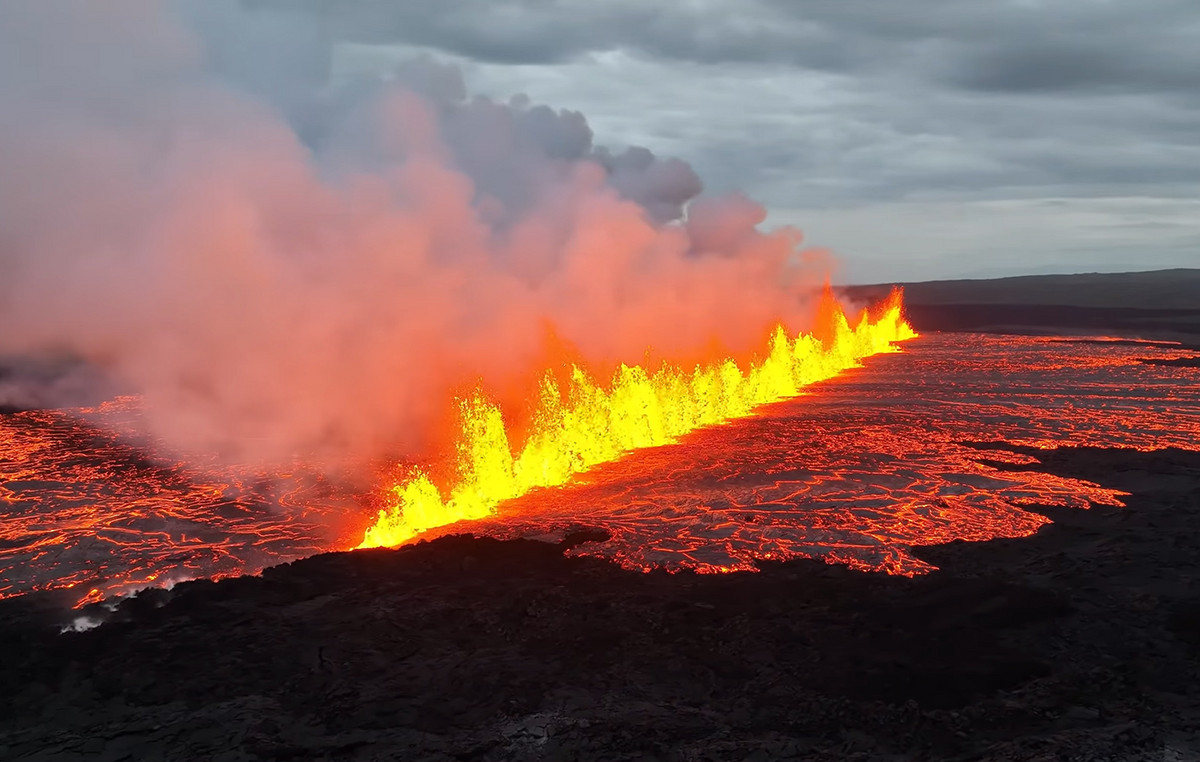The criminal expertise of Sergipe confirmed this Friday (2) that the death of Genivaldo de Jesus Santos after an approach by agents of the Federal Highway Police (PRF) in the city of Umbaúba, in May of this year, was caused by mechanical asphyxia with inflammation of the airways.
According to the State Department of Public Security (SSP), two reports were prepared by the Institute of Forensic Analysis and Research (IAPF) and the Legal Medical Institute (IML).
First, the teams performed the standard drug test. “Like all cases related to traffic, although it was not a traffic accident, we followed what we usually do. We checked to see if he had ingested alcohol, which came back negative. And we investigate drug and medication use. We found quetiapine, a drug used in the treatment of schizophrenia. We quantified and verified that the concentration is compatible with the therapy”, revealed criminal expert Ricardo Leal, from the IAPF.
The identification of the substance made it possible to confirm that Genivaldo was under the influence of the drug, that is, he was not having an outbreak at the time.
The experts also checked the amount of carbon monoxide in the victim’s blood. “The tear gas bomb, when it is detonated, forms some gases, including carbon monoxide, which is toxic, and there was this suspicion. We performed this analysis and verified that he was not intoxicated by monoxide from the tear gas bomb,” he said.
Leal added that, however, other gases are formed. “For example, hydrochloric acid, which is what causes irritation of the mucous membranes. And that substance can be formed. With all these results, we concluded the expert report requested by the IML”, concluded the expert from the Institute of Forensic Analysis and Research.
The cadaveric examination of the IML had already attested to mechanical asphyxia. “Initially, in the cadaveric examination, we were already sure that Genivaldo died as a result of a process of mechanical asphyxia, which was confirmed with the macroscopic changes, verified with the naked eye, analyzing tissue from the lung, the airways and the trachea”, detailed the director of the IML, Victor Barros.
Then, samples from Genivaldo’s lung and airways were sent to the anatomopathology laboratory. “We received this result, which indicated that Genivaldo had an intense inflammatory reaction in the airways, with a predominance in the lower airways, and this reaction generated the closure of the victim’s respiratory tree, causing death,” he specified.
The IML also found that the victim did not remain breathing carbon monoxide. “We came to the conclusion that the death occurred right at the beginning of the process due to an intense inflammatory reaction, which generated the closing of the airway with a predominance of the lower airway, causing Genivaldo’s death”, concluded Vitor Barros.
Final phase of the survey
On August 3, the Federal Public Ministry (MPF) granted another 20 days for the conclusion of the investigation into Genivaldo’s death. The extension request was made by the Federal Police (PF).
At the time, the MPF stated that the investigations were in their final stages, leaving the conclusion resulting from the expertise, including the necroscopic report, by the Legal Medical Institute (IML) of Sergipe and the National Institute of Criminalistics in Brasília.
Ricardo Leal, from IAPF, justified the delay in delivering the results. “Some toxicology tests and analyzes are faster, because they are simpler, others take longer because they need a specific technique or methodologies. The analyzes that were supposed to be carried out were completed on Sunday and, from there, the expert report was sent to the requesting authority,” he explained.
According to the expert, for the preparation of the toxicological report on Genivaldo’s death, the IAPF used a technique called spectrometry. “And we needed a specific gas to calibrate our equipment, but this gas took a long time to be supplied by the company. So it was a factor that did not depend on the laboratory, for the conditions we needed, the purity of the gas and the pressure”, he detailed.
After delivery of the material, according to the IAPF expert, the professionals took four days to analyze and complete the expert report.
remember the case
A 38-year-old man was killed during an approach by the Federal Highway Police in the city of Umbaúba, in Sergipe, on Wednesday (25/6). Videos shared on social media show the PRF vehicle being used as a “gas chamber” with the victim trapped in the trunk.
Genivaldo de Jesus Santos, 38, suffered from mental disorders, according to family reports. The initial report from the Legal Medical Institute confirmed the death from asphyxia and respiratory failure. The Civil and Federal police are investigating the case.
“The stop order was given, he stopped, put the bike on the stand and answered all the commands. The policeman asked him to lift his shirt, he did it and said he had the medicine in his pocket and with the doctor’s prescription indicating that he has mental problems, that’s when the policeman called for backup”, says Wallyson de Jesus, Genivaldo’s nephew.
According to Wallyson, two other officers arrived and started what his nephew called a “torture session.”
“They took him by the arms and legs. They wanted to put handcuffs on his feet, but it didn’t fit and they took a ribbon inside and tied it to him. They started stepping on it and after all that happened, they took my uncle, put it in the car and put a gas grenade”, says the victim’s nephew.
The images show two police officers holding Genivaldo inside the car, with his legs out.
According to Wallyson’s testimony, those present continued to tell officers that Genivaldo had health problems.
“The car full of tear gas inside and he in the trunk, it was when the population couldn’t take it that everyone was watching it and they started recording”, he reports.
Friends, family members of Genivaldo and residents of the city, 100 kilometers from Aracaju, staged a protest at the entrance to the city on Thursday morning (26), blocking the BR-101, where the approach took place.
The Federal Police issued a note informing that “it has launched an investigation to investigate death during police approach” and that steps are already being taken.
According to a note from the PRF, the “38-year-old man actively resisted an approach (…) Due to his aggressiveness, immobilization techniques and instruments of lesser offensive potential were used.”
Also according to the statement from the agency, “during the displacement, the approached came to feel sick and was immediately taken to the José Nailson Moura Hospital, where he was later treated and died.”
The PRF says it has opened disciplinary proceedings to investigate the conduct of the police.
Source: CNN Brasil







